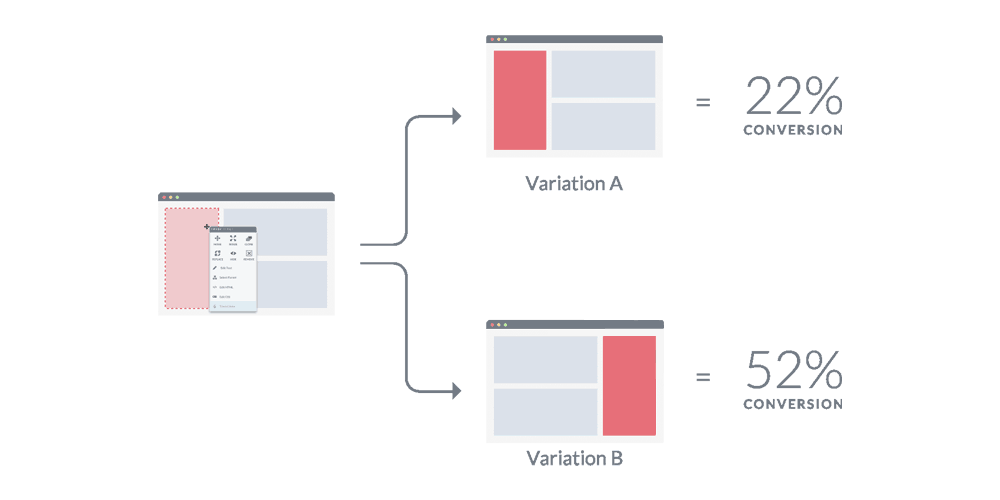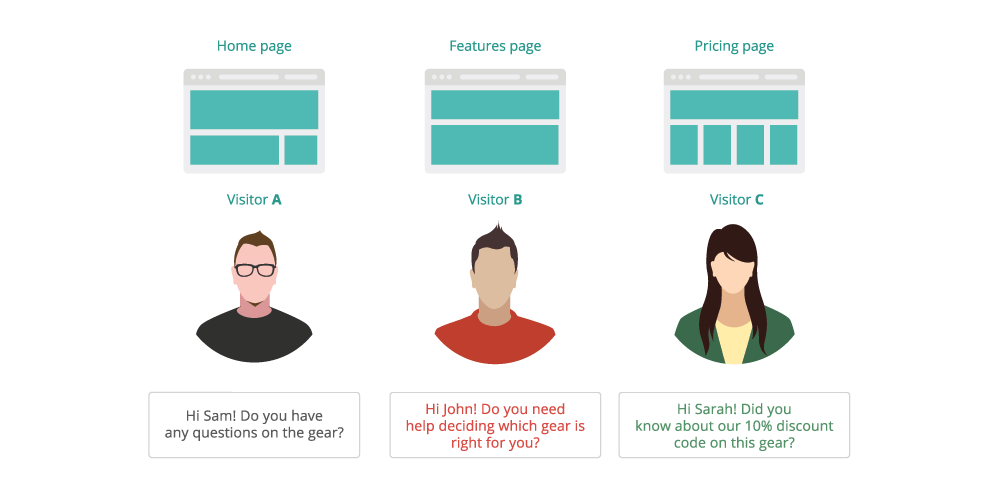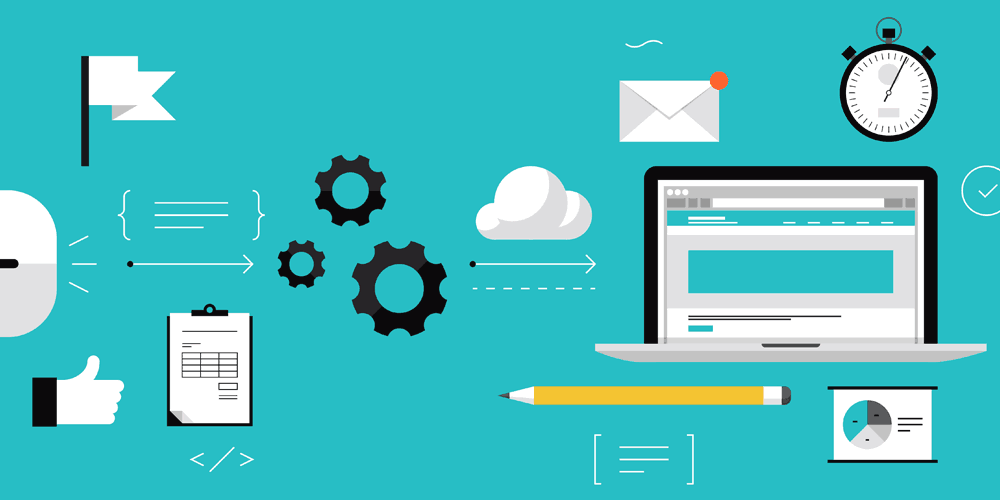When a website is up and running, it must have at least one purpose to exist. Because there are many way to market your products and services on the internet, there should be also ways to convert those wandering visitors to leads and then sales.
In order to thrive on the web, your website should be able to convert incoming visitors. From registering to downloading, or signing up to a newsletter or clicking on advertising and buying something, conversion is the most important factor to the success of an online marketing strategy and goals.
As the internet grows larger, marketing has grown at a increasing rate. With many competitors competing for the same audience, they need a great strategy to win them.
Two of the most popular strategy to approach potential consumers on the web is by using A/B testing and personalization.
They have become two of the most popular method when it comes to converting visitors, but with each having their own advantages and disadvantages.
To look at the potentials, we must first understand how A/B testing works to know why it was considered the king of conversion for years, and understand why personalization is the more modern approach but with drawbacks.
A/B Testing

The strategy involves marketers in using two different pages to achieve one goal. This is done by splitting incoming traffic and analyze which of the two pages has the highest conversion rate. This concept has worked for many marketers throughout the years in many marketing industries, and it has been the strategy that most marketers rely as a method to boost conversion.
A/B testing, also called bucket testing, is all about comparing two versions of a web page to see which performs better. This way, marketers can get make more out of their existing traffic.
The strategy can be an advantage when the cost of acquiring paid traffic is huge but the cost of increasing conversions is minimal. A/B testing can have a huge ROI because a small change on a landing page or website can result in significant increases in leads generated, sales and revenue.
Almost anything on a website that affects visitor behavior can be A/B tested. They include the headlines, sub-headlines, paragraph text, testimonials, Call-to-Action text/button, link appearance, images, contents that are near the fold, social share buttons, media mentions, badges, awards and many more.
In order to make A/B testing work, marketers need to study their website data. Using analytics tools, they can find areas in their conversion funnel. Like for example, identifying the pages with high bounce rate. Using analytics tools, marketers can also observe user behavior.
Using all the information gathered from various analytics tools, marketers can then construct a hypothesis aimed at increasing conversions. The hypothesis can then be constructed and tested. This is done by creating a variation per hypothesis and test it against the original page.
So for example an A/B test on the original page against a new page which as a larger CTA button allows marketers to calculate which of the variation delivers the highest conversion.
Personalization

Traditionally, websites are created to be one size fits all. Every visitor is seeing the same design, the same content, the same CTA and so forth. While A/B testing can get the most out of a content, it's having a clear disadvantages if compared to personalization at some important criteria.
Personalization is basically hyper-targeting users in a way that each experience is unique. By giving a 1:1 interaction, a website can have its brand to interact exclusivity for an individual single user. The strategy works by leveraging data analysis and digital technology to deliver individualized messages and product offerings to prospective customers.
The method began in early 1990s when web developers have been tracking HTML calls on their websites. it comes as the advancements in data collection methods, analytics, digital electronics, and digital economics that enable marketers to use more effective real-time and prolonged customer experience personalization tactics.
This 1:1 marketing strategy should apply directly to specific consumers. By having the knowledge of visitors' preferences, marketers should be able to suggest specific products and promotions.
To make personalization work, marketers can use the following four main steps:
- Identification: This is to understand the customers by collecting reliable data about their preferences and needs.
- Differentiation: Contents should be distinguished from one customer to the next by knowing their needs and segment them into more restricted groups.
- Interaction: Understanding the communication channel customers are preferring. This is necessary to get their attention at the right time and at the right place.
- Customization: Needed to personalize the product and service to the customers individually.
Data about users can be collected from: information about new vs. returning users, geolocation, devices used, social media profiles, users interactions, heatmaps, behavior while visiting, and many more.
Using Them Together

While A/B testing is regarded as an older strategy and personalization is seen as a newer counterpart, both of them have their own advantages and disadvantages.
A/B testing should be deployed to a large group of users. If marketers don't verify the changes that they make are improving user engagement, they won't be able to gather meaningful data to decide which marketing
strategy is best.
Basically without A/B testing, marketers are working with no idea of where their marketing strategy is taking them.
In A/B testing, marketers need to have a large and valid set of users to get any meaningful insights. Personalization on the other hand, should only be triggered on a subset of those valid users, therefore shrinking down the original set.
This way, personalization can complement A/B testing if it can work on a smaller set of users and not the whole range of users.
One thing to consider when using personalization is privacy. In order to tailor customized and targeted contents, marketers can opt to the more aggressive approach. This may involve manual supervision, algorithms or Artificial Intelligence. Using these, marketers can associate preferences with the user's browsing history or personal profiles, for example.
What this means, rather than discovering new facts or perspectives when visitors are searching for news, information, or products, marketers are venturing into visitors' privacy which they may not want to share in the first place.
Some consider aggressive personalization is an exploitation of existing ideas rather than discovery of new ones. Furthermore, algorithms can also be manipulated.
In order to avoid this, marketers can opt to use personalization by discovering new facts about users as they visit, not by digging information that are hidden behind the subject.
